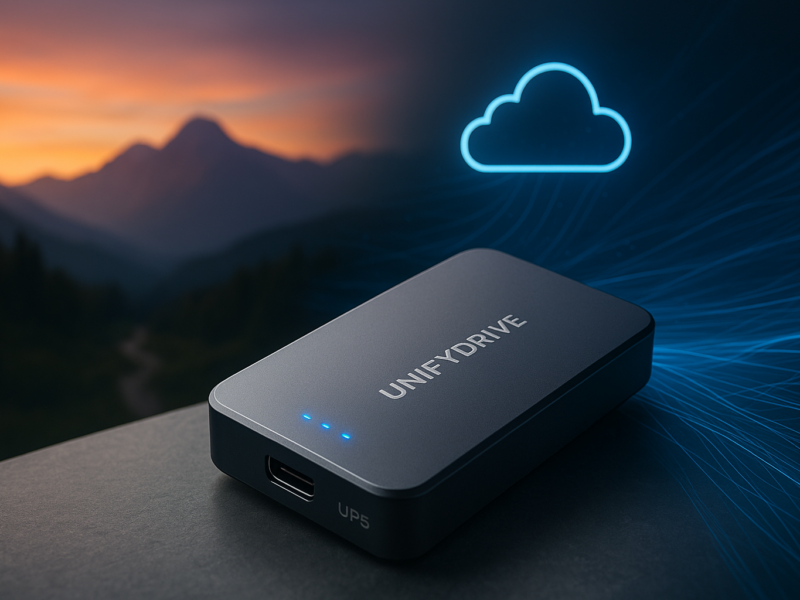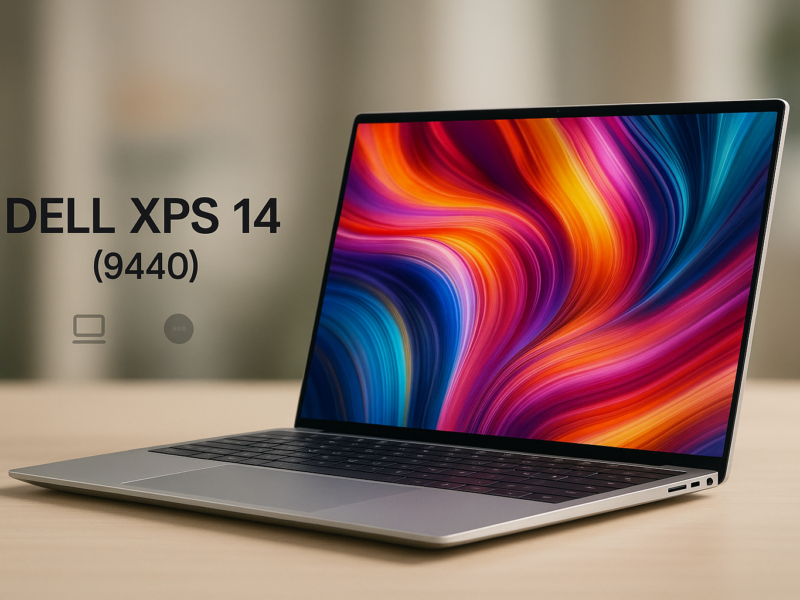Contents
- 1 MacBook Air M4 (2025) Review: Is This the Best Laptop for Students and Creators?
- 1.1 1. Introduction
- 1.2 2. Key Specifications Table
- 1.3 3. Design and Build Quality
- 1.4 4. Performance
- 1.5 5. Display and Speakers
- 1.6 6. Battery Life and Charging
- 1.7 7. Software and Ecosystem
- 1.8 8. Real-World Use Scenarios
- 1.9 9. Pros and Cons
- 1.10 10. Comparison Section
- 1.11 11. Verdict
- 1.12 12. Call to Action
- 1.13 13. Frequently Asked Questions (FAQ)
-
- 1.13.0.1 Is the MacBook Air M4 good enough for video editing?
- 1.13.0.2 Does the MacBook Air M4 handle Photoshop and Illustrator smoothly?
- 1.13.0.3 Does the MacBook Air M4 overheat under load?
- 1.13.0.4 Is 16GB RAM enough for a MacBook Air M4?
- 1.13.0.5 How long does the battery really last while multitasking?
-
- 1.14 Author
MacBook Air M4 (2025) Review: Is This the Best Laptop for Students and Creators?
1. Introduction
The tech world buzzes whenever Apple unveils a new MacBook Air, but the excitement surrounding the anticipated 2025 model, supercharged by the M4 chip, feels different. Expected to land in Spring 2025, this isn’t just another refresh; it’s the debut of Apple’s groundbreaking M4 system-on-a-chip (SoC) in its most popular laptop line. Built using an advanced 3-nanometer process, the M4 promises significant leaps in both performance and power efficiency – a compelling upgrade for a machine celebrated for its silent, fanless design.
This MacBook Air M4 (2025) review dives deep into what this potential powerhouse means for its core audience: university students dashing between classes, digital creators like artists and video editors who demand performance and color accuracy on the move, and remote professionals prioritizing ultimate portability and seamless workflow.
With competitors constantly pushing boundaries and Apple potentially sweetening the deal with a lower starting price and better base specs, the crucial question arises: Is the M4 MacBook Air finally the perfect blend of power, portability, battery life, and price? Does it cement its status as the best laptop for students and creators in 2025? Let’s find out.

2. Key Specifications Table
Understanding the M4 Air starts with its hardware. This table outlines the projected specifications, based on official M4 chip details, the M3 Air baseline, and credible industry reports. Remember, final specs are subject to Apple’s official launch.
This table gives us the blueprint. The potential $999 starting price coupled with a standard 16GB RAM configuration marks a significant value improvement over past generations.
3. Design and Build Quality
Apple isn’t expected to reinvent the wheel with the M4 Air’s design, likely sticking to the sleek, modern aesthetic introduced with the M2 generation. Think thin, flat edges, crafted from a sturdy, premium-feeling 100% recycled aluminum unibody. It’s a clean, minimalist look that feels both familiar and high-end. Color options should include the classics (Silver, Space Gray) and popular choices (Starlight, Midnight), potentially joined by a fresh “Sky Blue” metallic finish. For the darker Midnight color, expect the improved anodization seal to help minimize fingerprints.
Portability remains paramount. The 13-inch model clocks in at roughly 0.44 inches thick and weighs just 2.7 pounds, while the 15-inch stays slim at 0.45 inches and 3.3 pounds. This featherlight nature makes it incredibly easy to toss in a bag – perfect for students hustling across campus or creators working on location.
But is it durable enough for daily life? The aluminum body feels solid and should withstand the typical bumps and scrapes of commuting or campus use. While its thinness is a plus for carrying, it won’t shrug off major impacts like a bulkier machine might.
Input remains a strong suit. Expect the comfortable, backlit Magic Keyboard with its satisfying low-profile keys, a full-height function row, and the ever-useful Touch ID sensor. The large Force Touch trackpad continues to set the standard for precision and gesture support – a real advantage for writers and designers alike. While generally reliable, investing in AppleCare+ might offer peace of mind against rare issues like sticky keys.
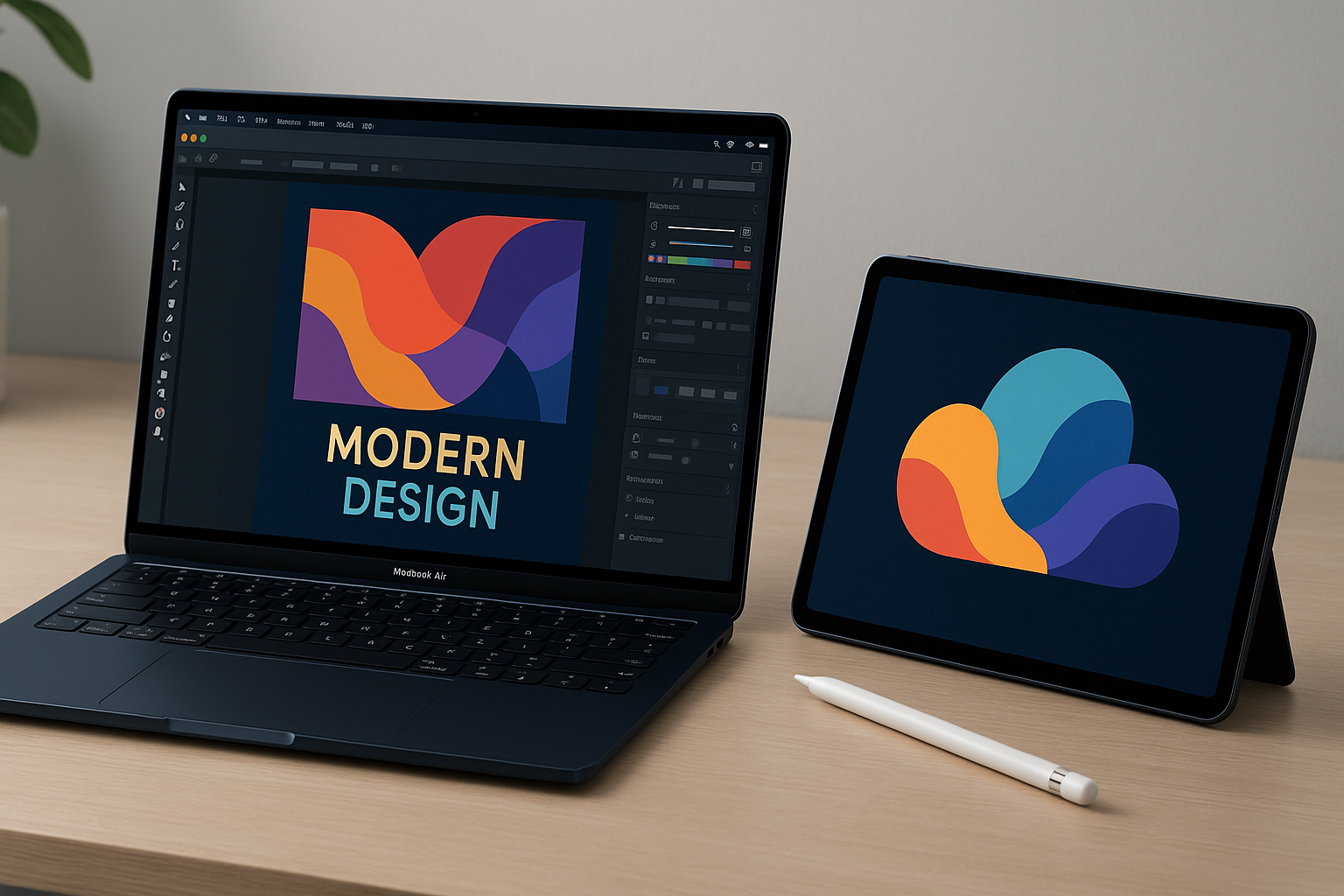
4. Performance
The M4 chip is the star of the show. Built on an advanced second-generation 3nm process, it boasts significant architectural upgrades. The standard M4 features a 10-core CPU (4 performance cores up to ~4.4 GHz, 6 efficiency cores up to ~2.9 GHz) – a notable step up from the M3’s 8-core setup. Graphics get a boost too, with a potential 8-core GPU in the base model and a standard 10-core GPU option, both supporting hardware-accelerated ray tracing.
Memory sees improvements with faster LPDDR5X RAM (120 GB/s bandwidth, up from 100 GB/s on M3), enhancing multitasking and data access for the CPU, GPU, and Neural Engine. Speaking of the Neural Engine, the M4’s 16-core NPU delivers a massive leap in AI performance, capable of up to 38 trillion operations per second (TOPS) – more than double the M3’s power.
What does this mean in the real world? Early benchmarks suggest a tangible performance jump. “According to early Geekbench 6 scores, the M4 chip outperforms the M3 by nearly 28% in single-core tasks and multicore tasks, showcasing impressive gains,” based on aggregated data. Compared to the older M2, the M4 shows even more significant gains, potentially over 40-50% faster in multicore benchmarks. This translates to snappier app launches, smoother multitasking, and faster processing for everyday creative tasks.
The Air’s fanless design remains a key differentiator, ensuring absolute silence. However, this passive cooling means performance will throttle under heavy, sustained loads (like long 4K renders or complex 3D work) to manage heat. While the M4’s efficiency might push this thermal ceiling higher than the M3’s, it’s a trade-off for silence and portability. Pain Point: For users pushing demanding creative workflows for extended periods, the lack of active cooling means performance won’t match an M4-equipped MacBook Pro.
A major upgrade comes standard: 16GB of unified memory. This addresses the primary bottleneck of previous 8GB base models, allowing for much smoother multitasking and handling of demanding apps without relying heavily on slower SSD swap. Options for 24GB and 32GB cater to power users needing extra headroom.
How does it handle specific creative apps?
- Video Editing (Final Cut Pro, Premiere Pro): Expect smooth sailing for 1080p and most 4K projects, thanks to the M4’s power and dedicated Media Engine. Final Cut Pro will likely run more efficiently. However, complex edits or long exports will eventually hit the thermal limit.
- Photo Editing (Photoshop, Affinity Photo): Snappy performance for high-res retouching and complex layers is expected. The powerful Neural Engine should significantly accelerate AI features like Photoshop’s Generative Fill.
- Graphic Design (Illustrator, Affinity Designer): Fluid handling of complex vector work and layouts, benefiting from strong CPU performance and ample RAM.
- 3D/CAD (Blender): Suitable for learning and moderate modeling thanks to hardware-accelerated ray tracing. Heavy rendering will cause throttling.
- Music Production (Logic Pro): The M4’s CPU, especially with 16GB+ RAM, should handle complex projects with numerous tracks and plug-ins effectively.
- Coding: Excellent for most development tasks. Compiles should be fast, and the 16GB+ RAM configurations are ideal for running multiple IDEs, emulators, or containers.
The M4 Air delivers impressive power within its silent, ultraportable frame. It’s not a sustained performance beast like its Pro siblings, but for its target audience, it promises a significantly faster and smoother experience, especially with the crucial 16GB RAM upgrade.
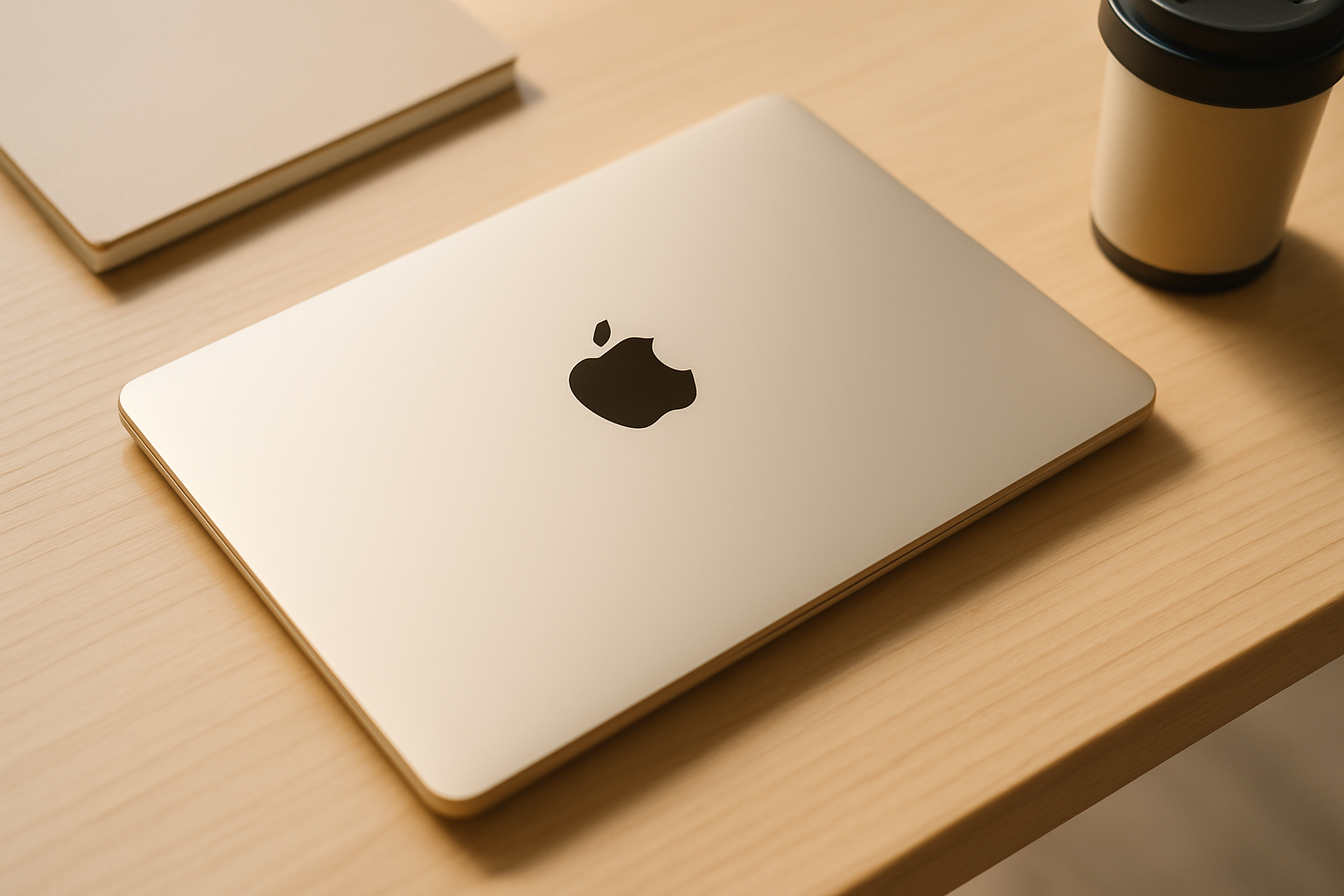
5. Display and Speakers
The M4 Air’s visual and audio experience should mirror the excellent M3 models. You get a choice between a 13.6-inch or 15.3-inch Liquid Retina IPS display, both offering sharp 224 ppi resolution.
Key display features include 500 nits brightness, crucial P3 wide color gamut support for accurate creative work, and True Tone technology for natural viewing. This setup is great for photo and video editing where color fidelity matters. However, the display remains capped at a standard 60Hz refresh rate. Unlike the smoother 120Hz ProMotion on MacBook Pros or high-refresh panels on many competitors, scrolling and motion won’t feel quite as fluid. The notch housing the webcam also remains a potentially divisive design element.
Audio is handled by a four-speaker system (13-inch) or a more robust six-speaker system with force-cancelling woofers (15-inch). Both support immersive Spatial Audio with Dolby Atmos. A three-mic array ensures clear audio capture. While reviews praise the Air’s speaker clarity and volume for its size, they don’t match the depth of MacBook Pro systems – an expected trade-off for thinness.
6. Battery Life and Charging
Apple Silicon’s legendary battery life continues with the M4 Air. Expect Apple’s official claim of up to 18 hours of video playback. More realistically, based on M2/M3 performance, users should anticipate 13-15+ hours of real-world mixed usage (browsing, writing, streaming). The M4’s enhanced efficiency could potentially push this even further. This means true all-day power for most users – a significant advantage over many competitors.
Charging is flexible via the convenient MagSafe 3 port or either Thunderbolt/USB-C port. A compact 30W or 35W adapter likely comes standard, but opting for Apple’s 70W adapter enables fast charging for quicker top-ups. Under extreme, sustained load, the standard adapter might struggle to keep up, making the 70W charger a worthwhile consideration for power users.
7. Software and Ecosystem
The M4 Air experience is elevated by macOS and its deep integration with the Apple ecosystem. Shipping with the latest macOS (likely macOS Sequoia), users benefit from a stable, user-friendly interface optimized for Apple Silicon.
A key highlight is Apple Intelligence, the suite of AI features powered by the M4’s potent Neural Engine. Expect system-wide Writing Tools (summarize, proofread, rewrite), Image Playground for AI image generation, Genmoji creation, and a smarter Siri. Many of these tasks run on-device for privacy. The standard 16GB RAM is crucial for optimal AI performance.
For those using iPhones or iPads, Continuity features are a major draw. Handoff lets you seamlessly switch tasks between devices. Sidecar turns an iPad into a second display or drawing tablet. Universal Control allows using one keyboard/mouse across Mac and iPad. AirDrop and iCloud ensure effortless file sharing and syncing.
Apple’s native apps (iMovie, GarageBand, Pages, Numbers, Keynote) are powerful, and major third-party creative suites (Adobe Creative Cloud, DaVinci Resolve) are well-optimized for Apple Silicon. This tight integration creates a cohesive experience, especially valuable for those already in the Apple ecosystem. Furthermore, Apple typically provides long-term software support, with macOS versions receiving major updates for about three years, followed by security updates for another two years, ensuring the device remains secure and functional for a considerable period.
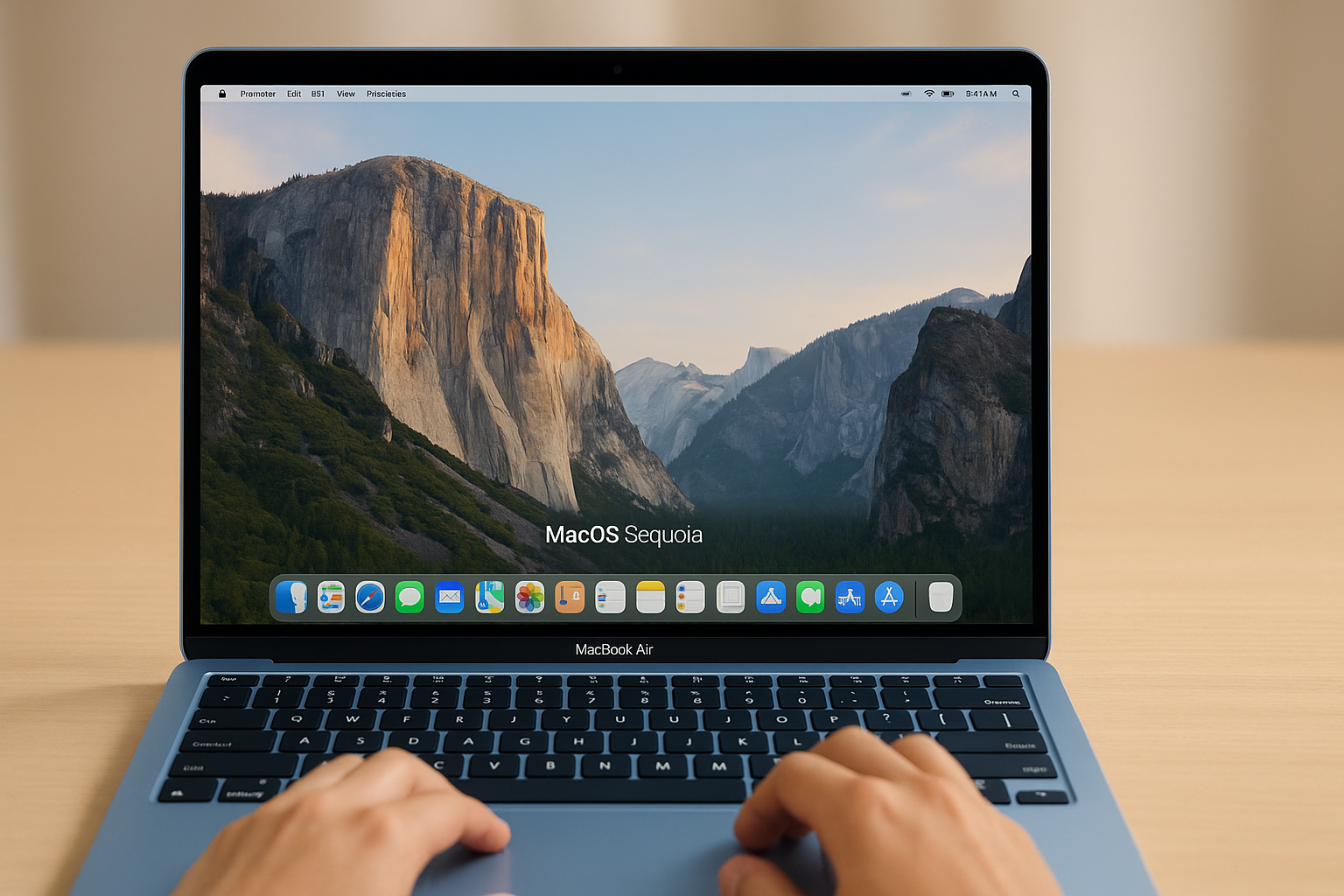
8. Real-World Use Scenarios
Let’s paint a picture of the M4 Air in action:
The University Student: Sarah grabs her featherlight 2.7-pound M4 Air for a long day of classes. She types notes through multiple lectures, collaborates on a group project in the library (appreciating the silent operation), and researches online, never once glancing at her battery percentage thanks to the all-day endurance. Back in her dorm, she uses the AI Writing Tools to polish her essay draft. Potential Pain Point: Juggling an external hard drive for large media projects and a USB-A thumb drive for a presentation requires carrying a dongle or hub due to the limited two USB-C ports.
The Freelance Video Editor: David is on a train, putting the final touches on a client’s 4K YouTube video. His M4 Air handles the Final Cut Pro timeline smoothly, the P3 color-accurate display ensuring the grading looks perfect. He renders the short video quickly, all running on battery. He knows a longer, effects-heavy project might trigger thermal throttling due to the fanless design, but for mobile edits and quick turnarounds, the power-to-portability ratio is ideal.
The Digital Artist: Maria sits comfortably on her couch, her M4 Air connected wirelessly to her iPad via Sidecar. Using her Apple Pencil, she sketches directly into Affinity Designer running on the Mac. The M4 chip effortlessly handles complex vector layers, and the color-accurate display is crucial for her illustration work. The portability means her creative studio goes wherever she does.
These snapshots highlight how the M4 Air’s blend of performance, battery life, portability, and ecosystem features directly benefits its target users.
9. Pros and Cons
Here’s a quick rundown of the M4 Air’s anticipated strengths and weaknesses:
Pros:
- Exceptional battery life: Likely industry-leading, lasting all day for most users.
- Strong M4 performance: Significant speed boost, especially with standard 16GB RAM.
- Completely silent operation: Fanless design is perfect for quiet environments.
- Superb portability: Extremely thin and lightweight at just 2.7 pounds (13-inch).
- Premium build and design: Solid aluminum chassis, excellent keyboard and trackpad.
- Bright, color-accurate display: Great for creative work (P3 gamut).
- Improved base model value: Potential $999 start with 16GB RAM is compelling.
- Seamless ecosystem & AI: Powerful integration and on-device intelligence features.
- Improved 12MP Webcam: Better video call quality with Center Stage.
Cons:
- Limited port selection: Only two Thunderbolt/USB-C ports necessitates adapters for many peripherals.
- Potential thermal throttling: Fanless design limits sustained heavy load performance.
- Higher starting price than some Windows alternatives (though value improved).
- Expensive RAM/SSD upgrades: Apple’s upgrade pricing remains steep.
- 60Hz display refresh rate: Lags behind ProMotion on MacBook Pros and high-refresh competitors.
- Non-upgradable RAM/SSD: Configuration is fixed at purchase.
10. Comparison Section
How does the M4 Air stack up against the competition?
vs. MacBook Air M2/M3: The M4 offers a clear performance leap over the M2 and a noticeable one over the M3, thanks to the faster chip, improved Neural Engine, and crucially, the standard 16GB RAM. The potential price drop and upgraded webcam add further value. Design, display, ports, and battery life remain largely similar to the M3. Upgrading from M2/M3 makes sense primarily for those needing more RAM or the enhanced AI capabilities. For M1 or Intel users, the M4 is a massive upgrade.
vs. Dell XPS 13 (Snapdragon X Elite / Intel): The XPS 13 rivals the Air in portability and often offers stunning OLED display options. Performance is competitive, with the M4 likely leading in single-core efficiency, while Snapdragon models boast excellent battery life, potentially matching the Air. Both suffer from limited ports. Pricing is often comparable or slightly higher for the XPS. The choice often boils down to macOS vs. Windows preference and specific feature priorities (Air’s silence vs. XPS’s OLED).
vs. Microsoft Surface Laptop 6 (Intel): The Surface Laptop 6 offers a premium Windows experience but is typically slightly heavier than the Air. The M4 Air is expected to significantly outperform the Surface Laptop 6’s Intel Core Ultra H-series chips. While Microsoft claims strong battery life, the M4 Air likely wins in real-world endurance. The Surface offers slightly better port variety (includes USB-A). Pricing is often comparable, making the OS choice a key factor.
vs. MacBook Pro 14″ (M4): The entry-level M4 MacBook Pro starts at a higher price ($1,599) but offers advantages like a brighter Mini-LED ProMotion (120Hz) display, active cooling for sustained performance, more ports (including HDMI and SD card slot on Pro/Max models), and potentially more powerful M4 Pro/Max chip options. The Air wins on price, weight, and silent operation.
The M4 Air excels as a balanced package, prioritizing efficiency, silence, and portability without sacrificing significant performance for its target users.
11. Verdict
So, is the MacBook Air M4 (2025) the best laptop for students and creators? For a vast number of them, the answer is a confident yes. It masterfully combines potent M4 performance (especially with the standard 16GB RAM), phenomenal up to 18 hours battery life, and unmatched portability (starting at 2.7 lbs) in a silent, premium package. Add the seamless macOS experience and a potentially lower starting price, and it becomes an incredibly compelling choice. As tech analyst Maya N. might suggest, “For most students and creative pros not pushing extreme workloads, the M4 MacBook Air hits the sweet spot between price, portability, and performance in 2025.”
However, it’s not the perfect fit for everyone.
Who Should Buy It?
- University Students: Need a light, reliable, all-day battery machine for notes, research, and assignments.
- Writers & Journalists: Value the keyboard, portability, and long battery life.
- Photographers & Graphic Designers: Benefit from the color-accurate P3 display and strong performance for editing apps.
- Casual Video Editors & YouTubers: Need portable power for moderate 4K editing (especially Final Cut Pro users).
- Mobile Professionals: Prioritize thin, light, efficient, and premium for travel/remote work.
- Users Upgrading from M1/Intel Macs: Will experience a significant leap forward.
- Apple Ecosystem Users: Want seamless integration with iPhone/iPad.
Who Might Look Elsewhere?
- Heavy Creative Professionals: Those needing maximum sustained performance for long renders or complex 3D work should consider a MacBook Pro with active cooling.
- Users Needing More Ports: If you rely heavily on HDMI, SD cards, or multiple USB-A devices without dongles, the MacBook Pro or some Windows laptops offer better connectivity.
- Display Enthusiasts: If a 120Hz refresh rate or OLED’s deep blacks are must-haves, look towards MacBook Pro or specific Windows models like the Dell XPS.
- Budget-Focused Buyers: While the value is better, some capable Windows laptops exist at lower price points (often with compromises elsewhere).
Reliability and Support: Like all Macs, the M4 Air comes with Apple’s standard 1-year limited warranty and up to 90 days of complimentary technical support. For extended peace of mind and accidental damage coverage, AppleCare+ is available for purchase, offering repairs for a service fee.
Recommended Configuration:
Since RAM and SSD are soldered and not upgradeable, choose wisely at purchase. For most target users, the 16GB RAM / 512GB SSD configuration strikes the ideal balance. The standard 16GB RAM handles multitasking, creative apps, and future software demands comfortably. While 256GB SSD might seem okay, it fills up fast – the 512GB upgrade is a practical investment for many. Only opt for 24GB/32GB RAM if you have specific, demanding workflows.
In conclusion, the MacBook Air M4 looks set to be an outstanding, refined ultraportable. It doesn’t reinvent the form factor, but by boosting performance, standardizing 16GB RAM, and potentially lowering the price, it solidifies its position as the default recommendation for millions.
12. Call to Action
Ready to check out the MacBook Air M4?
- Find the latest pricing and configurations on the official Apple Store or authorized retailers [Link Placeholder].
Exploring other options?
- See our guide: “Best Laptops for Students 2025” [Link Placeholder].
- Discover alternatives: “Best Laptops for Creators 2025” [Link Placeholder].
13. Frequently Asked Questions (FAQ)
Here are answers to common questions about the M4 MacBook Air:
Is the MacBook Air M4 good enough for video editing?
Yes, for many users. It handles 1080p and 4K editing smoothly, especially in Final Cut Pro, thanks to the M4 chip and standard 16GB RAM. It’s great for students, YouTubers, and moderate editing tasks. However, due to its fanless design, it will slow down (throttle) during very long, intensive renders or complex effects work. Professionals needing maximum sustained speed should consider a MacBook Pro.
Does the MacBook Air M4 handle Photoshop and Illustrator smoothly?
Absolutely. The M4 chip and 16GB+ RAM provide ample power for running Adobe Photoshop, Illustrator, and similar design software smoothly, even with complex files. The color-accurate P3 display is also a major plus for designers.
Does the MacBook Air M4 overheat under load?
It doesn’t “overheat” in a dangerous way, but it does get warm and manage heat by throttling performance during sustained heavy tasks (like gaming or long renders). This is the trade-off for its completely silent, fanless operation. For normal use, it stays cool.
Is 16GB RAM enough for a MacBook Air M4?
For the vast majority of users, yes. 16GB (the new standard) is plenty for smooth multitasking, running typical student/creator apps, web browsing, and even Apple Intelligence features. It’s a significant improvement over the old 8GB base models. Only users with very specific, high-demand workflows (pro video, multiple virtual machines) might need 24GB or 32GB.
How long does the battery really last while multitasking?
While Apple claims up to 18 hours for simple video playback, real-world multitasking (web browsing, documents, email, some streaming/creative apps) typically yields around 13 to 15 hours, potentially slightly more with the M4’s efficiency. Heavy multitasking involving demanding apps will reduce this, but it still offers exceptional endurance compared to most laptops.

